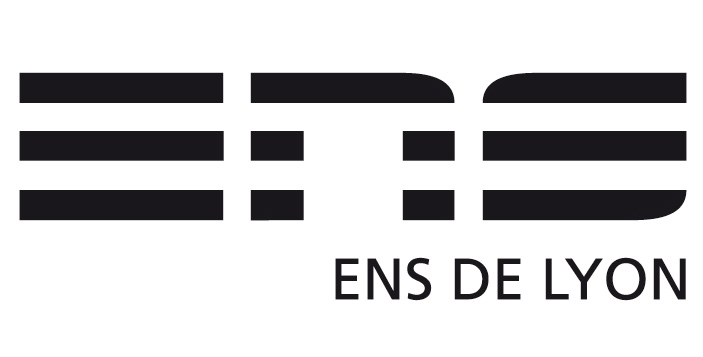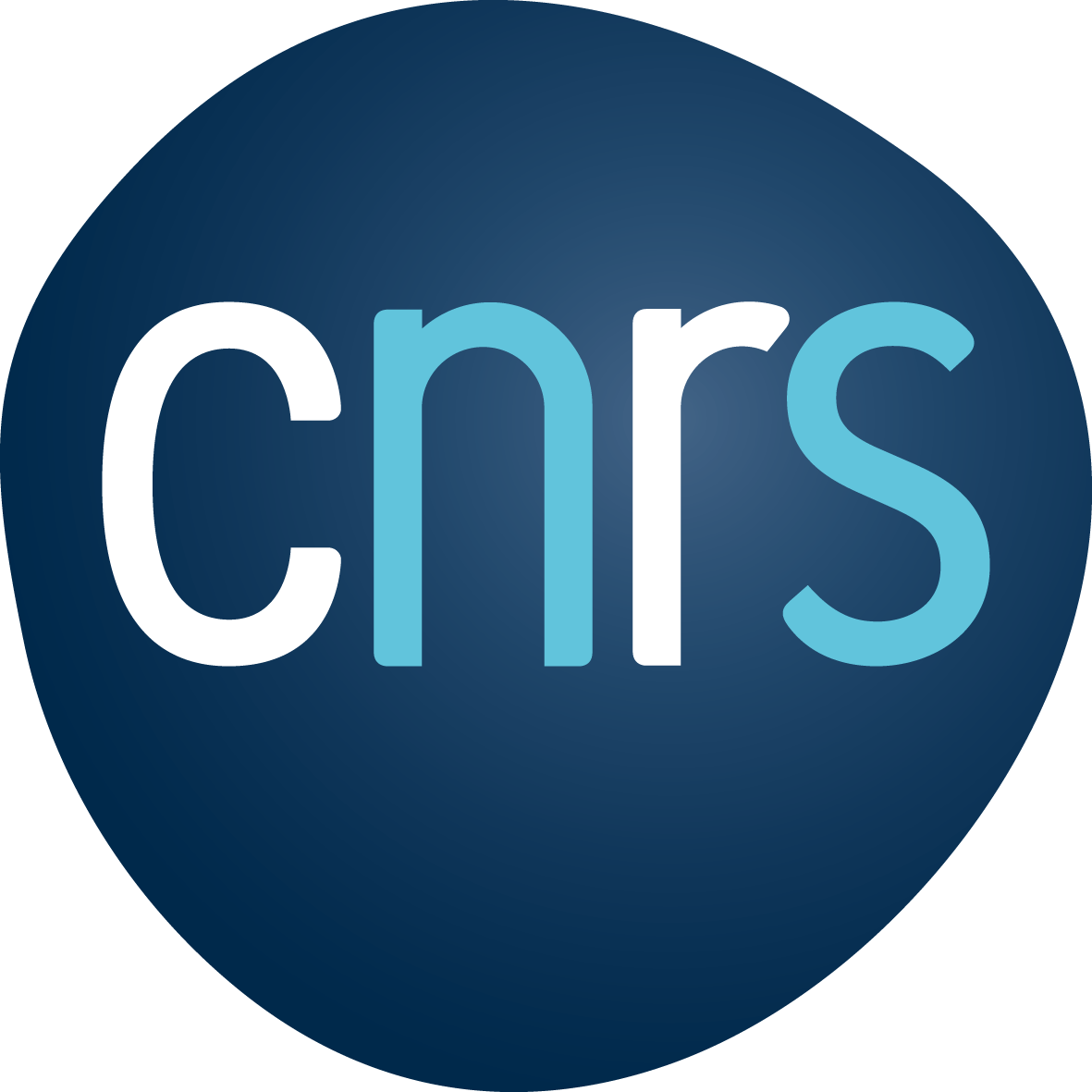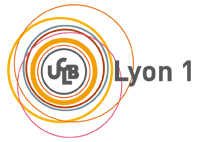Seminar: Hannes Jónsson
Mechanism of C1 and C2 product formation in CO₂ electrochemical reduction studied by theoretical calculations
| When |
May 27, 2025 à 02:00 PM |
|---|---|
| Where |
Salle Collet |
| Contact |
Carine Michel |
Electrochemical reduction of CO2 (CO2RR) is a promising approach for turning CO2 into useful products, such as fuel or feedstock for chemical industry. While a great deal of promising results have been obtained, starting with the seminal work of Hori and coworkers[1], the efficiency and selectivity of the process needs to be improved in order to make it technologically viable. The hydrogen evolution reaction (HER) is, in particular, a competing reaction that is mostly unwanted in this context. Here, atomic scale calculations will be presented for CO2RR and HER at various metal surfaces, in particular copper, silver and platinum where the goal is to identify the mechanism and estimate the rate so as to help gain insight for improving the electrocatalysts. The calculations include evaluation of the activation energy of the various elementary steps by finding saddle points on the voltage dependent energy surface obtained from density functional theory (DFT) to identify transition states of the elementary steps. At copper and silver electrodes, CO2RR becomes more facile than HER within a certain window of applied voltage, while HER is always preferred at platinum electrodes[2]. Even though formate is thermodynamically preferred, silver electrodes have high selectivity for CO, and copper electrodes produce both with almost the same onset potential. This can be explained from the calculated activation energy[3]. CO can be further reduced at copper electrodes, and C-C bond formation can occur on Cu(100) without overcoming the rate limiting step for methane formation, so C2 products can form without concurrent formation of C1 products.
Efforts have been made to enhance the reactivity and/or selectivity of copper electrodes by adding more reactive transition metal impurities. Calculations of CO adsorption on such surfaces reveal the adsorption of multiple CO molecules on a single impurity atom[4]. The recent CO2RR and HER calculations have mostly been carried out by explicitly including only a few water molecules around the reacting surface species while the rest of the liquid phase has been described as implicit solvent. Proper inclusion of a liquid electrolyte at a given applied voltage is a significant challenge as it makes the DFT computational effort large. A brief presentation will be given of ongoing efforts to develop a hybrid simulation approach where the liquid electrolyte is fully represented.
[1] Y. Hori, A. Murata, R. Takahashi, J. Chem. Soc. Faraday Trans. 85, 2309 (1989).
[2] M. Re Fiorentin, F. Risplendi, C. Salvini, J. Zeng, G. Cicero and H. Jónsson, J. Phys. Chem. Letters 15, 11538 (2024).
[3] M. Van den Bossche, C. Rose-Petruck, and H. Jónsson, J. Phys. Chem. C 125, 13802 (2021).
[4] M.A.H. Christiansen, A. Pena-Torres, E. Ö. Jónsson, and H. Jónsson, J. Phys. Chem. Letters 15, 5654 (2024).



